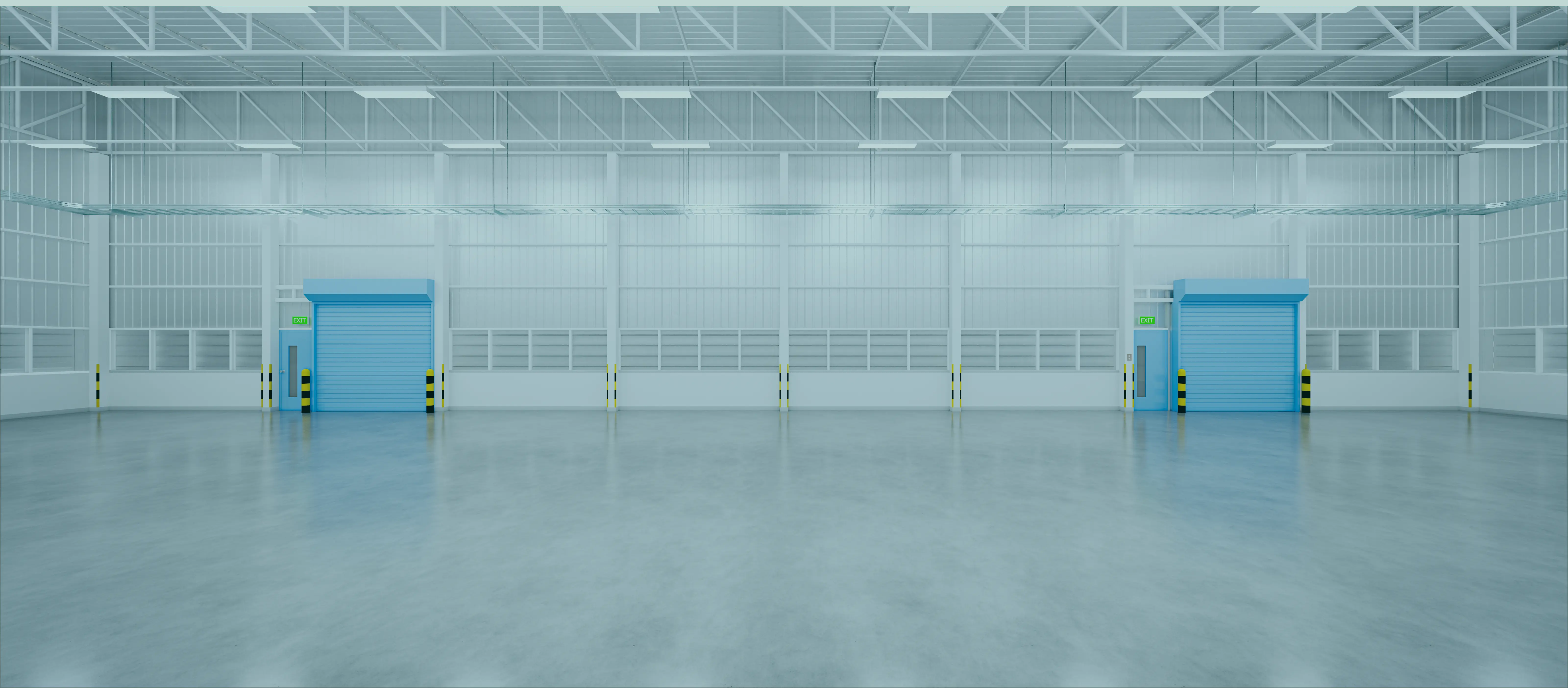
In food logistics, temperature control is not just a regulatory requirement — it’s your frontline defence against spoilage, safety risks, and customer dissatisfaction.
From chilled dairy to frozen proteins and high-risk ready meals, every product’s integrity depends on a consistently maintained cold chain.
Why this guide matters:
This resource will help you:
The cold chain is the unbroken, documented sequence of temperature-controlled storage and transport, from supplier to customer.
Key stages:
Pro Tip: The chain is only as strong as its weakest link — one unmonitored handover can compromise the entire batch.
Applicable frameworks:
Core compliance must-haves:
Use GPS-enabled temperature sensors with in-transit alerts so teams can react before losses occur.Continuous in-transit monitoring is the cornerstone of a reliable cold chain. GPS-enabled temperature sensors feed live data to your operations team, with alerts triggered instantly when readings drift toward critical thresholds. This allows intervention before products are compromised — for example, rerouting to the nearest depot, adjusting refrigeration setpoints, or pausing deliveries until conditions stabilise. Ensure that your chosen system logs all data for later analysis, not just excursions.
Door openings are one of the biggest contributors to temperature excursions in transit. Installing magnetic or digital door sensors allows you to track exactly when and how long doors are open during loading, unloading, or deliveries. This data identifies poor handling practices, such as leaving trailer doors open during route planning or excessive stops with cargo exposed. Combining door activity data with temperature logs gives a clearer picture of the root causes of deviations.
Temperature readings are only as trustworthy as the sensors taking them. ISO 17025 calibration ensures measurement traceability and accuracy that stands up to regulatory inspection. Always match calibration certificates to the exact sensor serial number, and store them where auditors can access them instantly — ideally in your monitoring platform. Avoid the risk of invalid data by replacing or recalibrating sensors before certificates expire.
Cold chain performance is strongest when storage and transport systems work together. Integrating your vehicle monitoring platform with warehouse environmental monitoring closes the visibility gap between handoff points. This allows for seamless tracking of product conditions from depot to delivery and ensures that compliance is maintained through every link in the chain. Integrated reporting also reduces administrative burden and speeds up root cause investigations.
Manually checking for deviations is slow and prone to oversight. Logic-based alerting routes the right notifications to the right people as soon as an issue occurs, using defined escalation rules based on severity, time of day, or product type. Built-in workflows can guide teams through root cause logging, corrective actions, and preventative measures. This not only prevents further loss but also provides a clear, documented audit trail.
From operators implementing these steps:
📩 Ready to Strengthen Your Cold Chain Compliance?
Book a consultation with JTF Wireless to assess your current cold chain processes, identify compliance gaps, and design a monitoring solution tailored to your operations. Our experts will walk you through best practices, demonstrate real-time monitoring in action, and help you build a system that delivers accuracy, efficiency, and peace of mind — from depot to delivery.